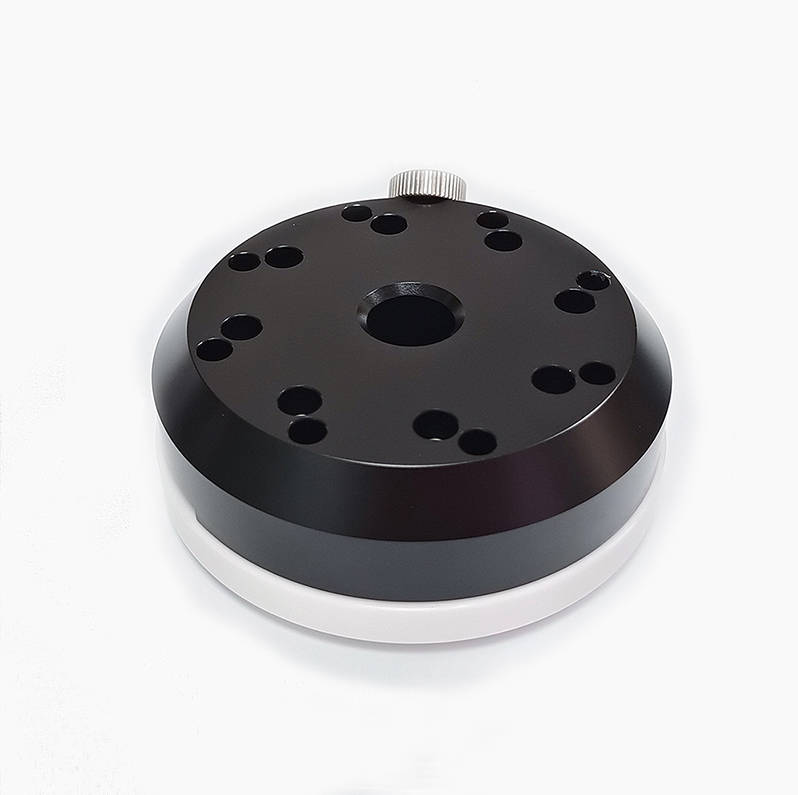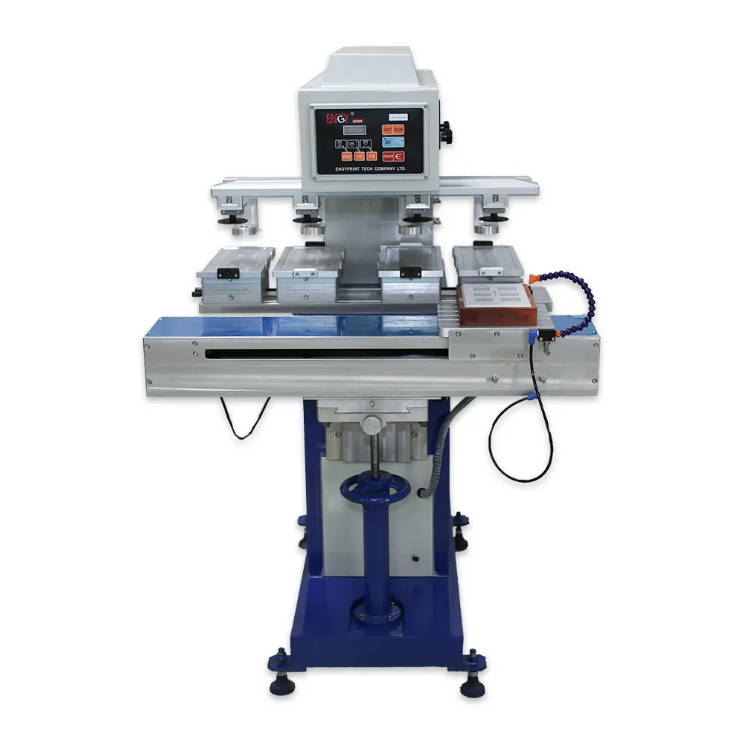Introduction
Pad printing is a versatile printing technique widely used in various industries, from electronics to promotional products. At the heart of this process are Pad Printing Cliché Plates, which play a crucial role in transferring ink onto surfaces. One of the key factors that significantly impacts the performance of these plates is the etching depth. Understanding how etching depth influences ink transfer efficiency can help businesses make informed decisions when purchasing cliché plates, ensuring optimal print quality and consistency.

1. Understanding Pad Printing Cliché Plates
Cliché Plates are essential components in pad printing, serving as the medium that carries the ink from the pad to the substrate. These plates are typically made from materials such as metal or polymer, each offering distinct advantages depending on the application. The manufacturing process of cliché plates involves precise techniques to create the desired image or design, making their quality paramount for successful printing.
2. The Role of Etching in Cliché Plate Production
Etching is a critical step in producing cliché plates, where a design is created by removing material from the plate’s surface. This can be achieved through various methods, including chemical etching and laser engraving. The etching process not only defines the image but also directly affects how much ink can be held and transferred during printing.
3. What is Etching Depth?
Etching depth refers to how deeply the material has been removed from the surface of the cliché plate. It is measured in microns and varies based on the specific requirements of the print job. Factors influencing the choice of etching depth include the type of ink used, the substrate being printed on, and the desired level of detail in the final print.
4. Influence of Etching Depth on Ink Transfer Efficiency
4.1. Relationship Between Etching Depth and Ink Volume
The depth of the etch plays a significant role in determining how much ink can be held by the cliché plate. Deeper etches can accommodate more ink, which is particularly beneficial for designs with large areas of solid color or intricate details. Conversely, shallower etches may lead to insufficient ink transfer, resulting in faded prints or incomplete designs.
4.2. Impact on Print Quality
The quality of prints produced using Cliché Plates is heavily influenced by etching depth. For instance, deeper etches can enhance detail resolution and clarity, making them ideal for high-precision applications such as electronics or medical devices. In contrast, shallower etches might compromise print quality, leading to blurry images or loss of fine details.
4.3. Consistency and Repeatability
Consistency is vital in any production environment, especially when dealing with high-volume print runs. The etching depth affects how uniformly ink is transferred across multiple prints. A well-etched plate ensures that each print maintains consistent quality, which is crucial for brands looking to uphold their reputation for excellence.
5. Choosing the Right Etching Depth for Your Needs
When selecting Pad Printing Cliché Plates, it’s essential to consider your specific application requirements. Here are some guidelines:
- Application Type: Different applications may require varying levels of detail and color saturation.
- Ink Properties: The viscosity and drying time of your ink can influence how deep your etch should be.
- Substrate Material: Consider how well your chosen substrate interacts with different ink volumes.
Consulting with a reputable Cliché Plates factory can provide tailored recommendations based on your needs.
6. Challenges Associated with Etching Depth
While deeper etches offer advantages, they also come with challenges. For example, excessively deep etches can lead to issues such as smudging or uneven ink transfer if not properly managed. On the other hand, shallow etches may result in insufficient ink transfer, leading to poor-quality prints.
Maintaining cliché plates with optimal etching depth requires regular monitoring and adjustments based on usage patterns and material wear.
Conclusion
In summary, understanding how etching depth influences ink transfer efficiency is crucial for anyone involved in pad printing. By considering this factor when selecting Pad Printing Cliché Plates, businesses can enhance their printing quality and achieve greater consistency across their products.
Investing time in understanding these dynamics will ultimately lead to better outcomes in your printing projects.





